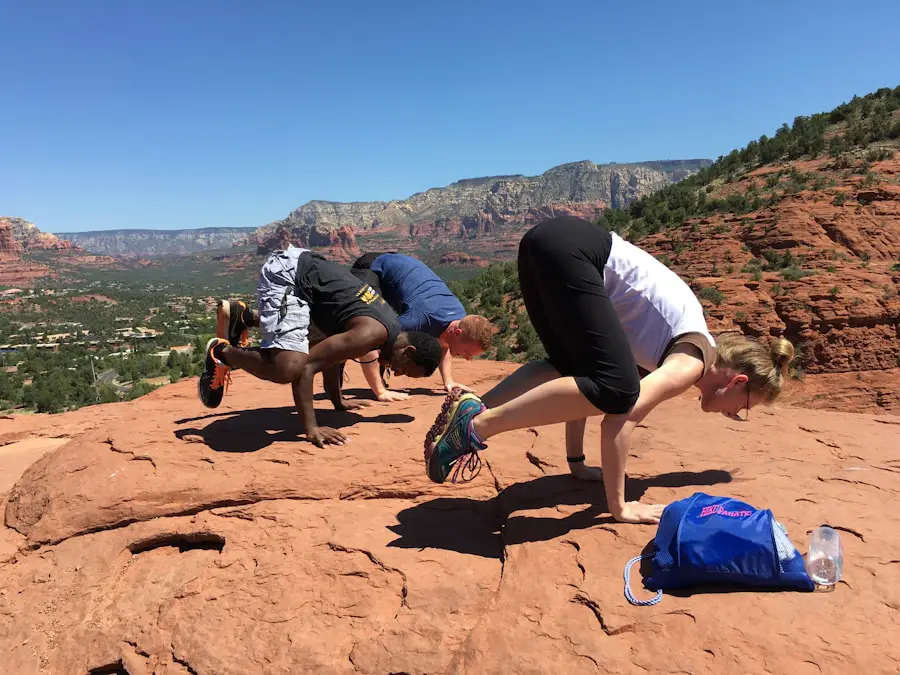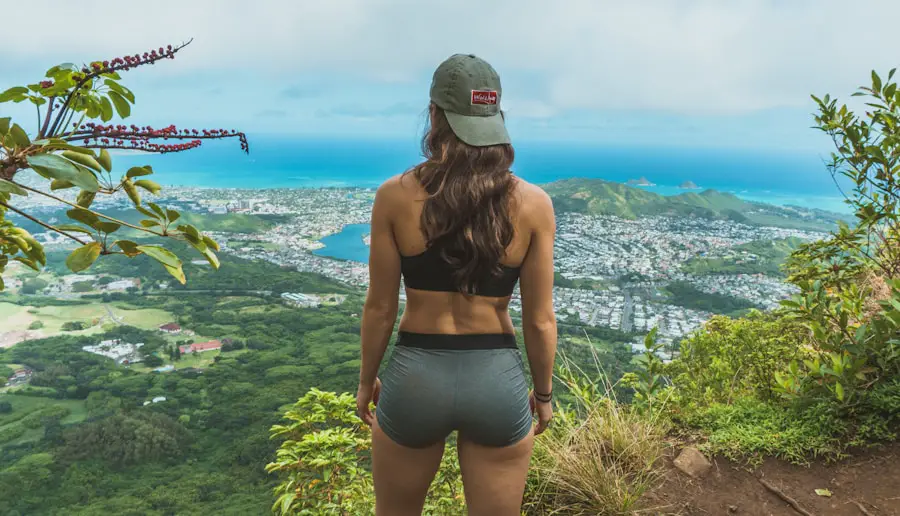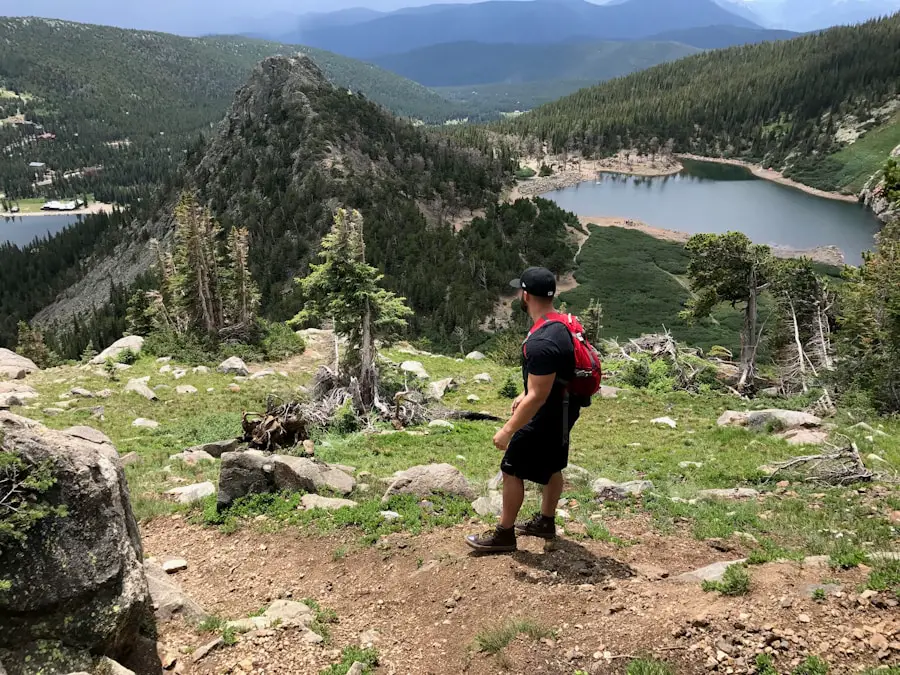The gluteal muscles, commonly referred to as the glutes, consist of three primary muscles: the gluteus maximus, gluteus medius, and gluteus minimus. These muscles play a crucial role in various movements, including hip extension, abduction, and external rotation. The gluteus maximus is the largest muscle in the human body and is primarily responsible for the power and strength needed in activities such as running, jumping, and climbing.
Understanding the anatomy and function of these muscles is essential for anyone looking to enhance their glute development effectively. To stimulate muscle growth, a process known as hypertrophy must occur. This involves subjecting the muscles to progressive overload, which can be achieved through resistance training or specific physical activities that engage the glutes.
When the glutes are activated during exercises or activities, microscopic tears occur in the muscle fibers. The body then repairs these tears, leading to increased muscle size and strength. This biological process is influenced by various factors, including nutrition, rest, and the type of exercises performed.
Therefore, a comprehensive understanding of how to effectively target and engage the glutes is vital for anyone aiming to build a stronger posterior.
Key Takeaways
- Glute building is supported by science and involves targeted exercises to strengthen and grow the glute muscles.
- Hiking offers physical benefits for glute development, including increased muscle engagement and activation.
- Hiking can improve muscle activation in the glutes by challenging them on uneven terrain and inclines.
- Tips for maximizing glute gains on the trail include using proper hiking form and incorporating uphill and downhill sections.
- Incorporating hiking into your workout routine can help build and tone the glutes while providing mental and emotional benefits.
The Physical Benefits of Hiking for Glute Development
Hiking is an excellent way to engage the glute muscles while also enjoying the great outdoors. The varied terrain encountered on hiking trails—such as inclines, declines, and uneven surfaces—requires the body to adapt and engage different muscle groups, particularly the glutes. When ascending hills or steep paths, the gluteus maximus is heavily recruited to propel the body upward.
This natural resistance training can lead to significant improvements in muscle strength and endurance over time. Moreover, hiking not only targets the glutes but also engages other muscle groups such as the hamstrings, quadriceps, and calves. This multi-muscle engagement contributes to overall lower body strength and stability.
As hikers navigate through diverse landscapes, they also improve their balance and coordination, which are essential for functional fitness. The physical benefits of hiking extend beyond just muscle development; it also enhances cardiovascular health, increases bone density, and promotes joint flexibility—all of which are crucial for maintaining an active lifestyle.
How Hiking Can Improve Muscle Activation in the Glutes

One of the key aspects of effective glute training is ensuring proper muscle activation during exercises. Hiking naturally encourages this activation due to its dynamic nature. When walking uphill or navigating rocky terrain, the body instinctively engages the glutes to maintain stability and propel forward.
This engagement is often more pronounced than in traditional gym exercises where muscle activation can sometimes be less efficient due to improper form or lack of focus. Research has shown that activities involving incline walking or stair climbing significantly increase glute activation compared to flat surface walking. The angle of elevation forces the glutes to work harder to overcome gravity, leading to enhanced muscle recruitment.
Additionally, hiking often requires changes in pace and direction, which further stimulates the glutes and promotes neuromuscular adaptations. This variability not only keeps workouts interesting but also ensures that the muscles are consistently challenged, leading to improved strength and endurance over time.
Tips for Maximizing Your Glute Gains on the Trail
| Tip | Description |
|---|---|
| Use Incline | Walking or running uphill engages the glutes more than flat terrain. |
| Resistance Bands | Incorporate resistance band exercises like lateral band walks and glute bridges into your trail workout. |
| Single-Leg Exercises | Include single-leg squats, lunges, and step-ups to target each glute individually. |
| Trail Sprints | Integrate short bursts of sprinting on the trail to activate and strengthen the glutes. |
| Proper Nutrition | Eat a balanced diet with sufficient protein to support muscle growth and recovery. |
To maximize glute gains while hiking, it’s essential to incorporate specific strategies that enhance muscle engagement. One effective method is to focus on your stride length and foot placement. Taking longer strides can increase the range of motion in your hips, thereby activating the glutes more effectively.
Additionally, consciously squeezing your glutes at the top of each step can further enhance muscle contraction and engagement. Incorporating interval training into your hikes can also yield significant benefits for glute development. Alternating between periods of high intensity—such as sprinting up a hill—and moderate-paced walking allows for increased heart rate and muscle fatigue, which are conducive to muscle growth.
Furthermore, adding resistance through weighted backpacks or ankle weights can provide additional overload to the glutes during your hikes. This added weight forces your muscles to work harder, promoting hypertrophy and strength gains.
Incorporating Hiking into Your Glute-Building Workout Routine
Integrating hiking into a comprehensive workout routine focused on glute development can be highly beneficial. For instance, consider scheduling regular hiking sessions alongside traditional strength training exercises targeting the glutes, such as squats, deadlifts, and lunges. This combination allows for both targeted muscle work in the gym and functional strength development through hiking.
Additionally, planning hikes that include varied terrains can enhance your workout routine. Look for trails that offer steep inclines or rugged paths that require more effort from your lower body. You might also consider setting specific goals for each hike—such as completing a certain distance or elevation gain—to keep yourself motivated and accountable.
By treating hiking as both a workout and an enjoyable outdoor activity, you can create a sustainable routine that promotes long-term glute development.
The Mental and Emotional Benefits of Hiking for Glute Development

While physical benefits are often emphasized in discussions about exercise, the mental and emotional advantages of hiking should not be overlooked. Engaging in outdoor activities like hiking has been shown to reduce stress levels and improve overall mood. The combination of physical exertion and exposure to nature can lead to increased endorphin production—often referred to as the “feel-good” hormones—which can enhance motivation and enjoyment during workouts.
Moreover, hiking provides an opportunity for mindfulness and reflection. Being immersed in nature allows individuals to disconnect from daily stressors and focus on their surroundings. This mental clarity can lead to improved focus during workouts and a greater sense of accomplishment when achieving fitness goals.
The emotional benefits of hiking can create a positive feedback loop; as individuals feel better mentally, they are more likely to engage in physical activities that promote their health and fitness goals.
Choosing the Best Hiking Trails for Glute Building
Selecting appropriate hiking trails is crucial for maximizing glute development. Trails with significant elevation changes are ideal for targeting the glutes effectively. Look for routes that feature steep inclines or challenging terrain that requires more effort from your lower body.
For example, trails that lead up mountains or hills will naturally engage the glutes more than flat paths. Additionally, consider trails that offer a variety of surfaces—such as dirt paths, rocky inclines, or sandy areas—as these variations require different muscle engagements and can prevent workout monotony. Researching local parks or nature reserves that provide diverse trail options can help you find suitable locations for your hikes.
Online resources such as trail review websites or apps can provide valuable insights into trail difficulty levels and user experiences.
Preparing for and Recovering from Hiking for Optimal Glute Development
Preparation is key when it comes to maximizing your hiking experience for glute development. Prior to hitting the trails, ensure you are adequately hydrated and have consumed a balanced meal rich in carbohydrates and protein to fuel your hike. Proper footwear is also essential; investing in quality hiking boots that provide support and traction can prevent injuries and enhance performance on challenging terrains.
Post-hike recovery is equally important for muscle development. Stretching after your hike can help alleviate tightness in the glutes and surrounding muscles while promoting flexibility. Incorporating foam rolling into your recovery routine can also aid in reducing muscle soreness by increasing blood flow to the affected areas.
Additionally, consider refueling with a protein-rich snack or meal within 30 minutes after your hike to support muscle repair and growth. By understanding these various aspects of hiking as a means of enhancing glute development—ranging from scientific principles to practical tips—individuals can create a well-rounded approach that not only builds strength but also fosters a deeper connection with nature and personal well-being.
If you’re looking to strengthen your glutes through hiking, you may also be interested in learning about the benefits of using a CPAP machine while traveling. Check out this article on the must-have hardside carry-on luggage with spinner wheels for Spring 2025 to make your hiking adventures even more convenient and enjoyable.
FAQs
What muscles are used during hiking?
During hiking, various muscles are engaged, including the glutes, quadriceps, hamstrings, calves, and core muscles. The glutes, in particular, play a significant role in propelling the body forward and stabilizing the hips during uphill climbs and descents.
Does hiking help build glutes?
Yes, hiking can help build and strengthen the glutes. The inclines and uneven terrain encountered during hiking require the glutes to work harder, leading to muscle development and toning over time.
How does hiking contribute to glute development?
Hiking involves movements such as climbing, stepping, and balancing, which all engage the glute muscles. The constant engagement of the glutes during these movements can lead to increased muscle strength and endurance over time.
Are there specific hiking techniques to target the glutes?
While there are no specific techniques to solely target the glutes during hiking, incorporating uphill climbs, lunges, and squats into the hiking route can further engage and challenge the glute muscles.
Can hiking alone be enough to build strong glutes?
While hiking can contribute to building strong glutes, incorporating targeted glute exercises such as squats, lunges, and hip thrusts into a workout routine can further enhance glute strength and development.
